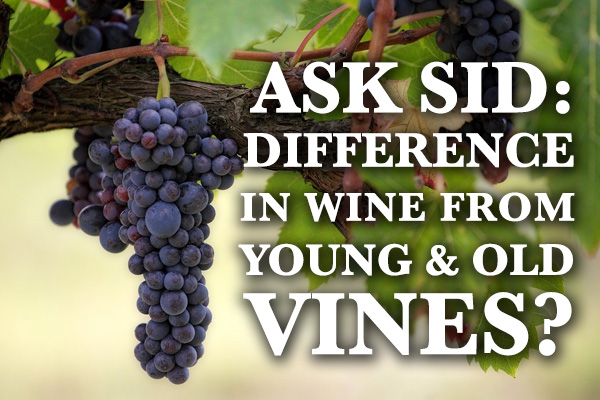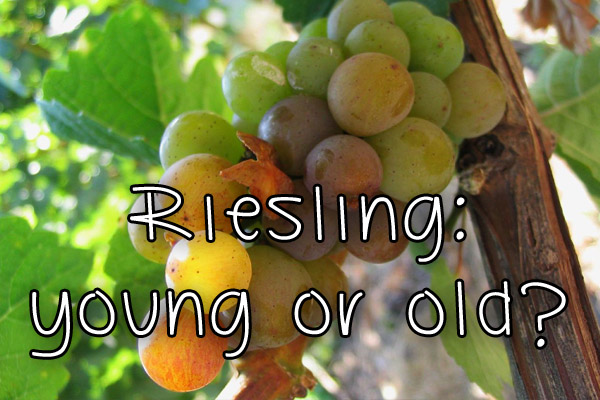 |  |

Question: Sid would you kindly provide a short explanation of the difference in how a wine shows when made from young or old vines?
Answer: Very difficult to do succinctly and the issue is somewhat controversial. So many factors influence how a wine shows when it ultimately is poured into your glass for tasting. Young vines with their first few crops can express an interesting explosion of fresh fruit. Generally though IMHO older vines produce lower yields of smaller concentrated berries resulting in more complex intense aromas & flavours reflecting their terroir. Some feel that opinion is a myth and you can get the same result from mature vines densely planted cropped for lower yields. Interesting to learn that the average age of cabernet sauvignon vines in Napa Valley is well below 20 years of age. A mature vine usually needs to be roughly 15-25. “Old vines” must be older but the “historic” classification required over 50 but there are discussions to move downward to 40. With global climate change it is becoming more important to note that younger vines usually show a higher pH level with lower acidity (tending to lose that acidity more quickly) than older vines of lower pH and higher acidity tending to retain it. Increasing warmer vintages everywhere may well show a difference in the balance of the wines from young and old vines in the future from the decade of 2020s.
You might also like:

